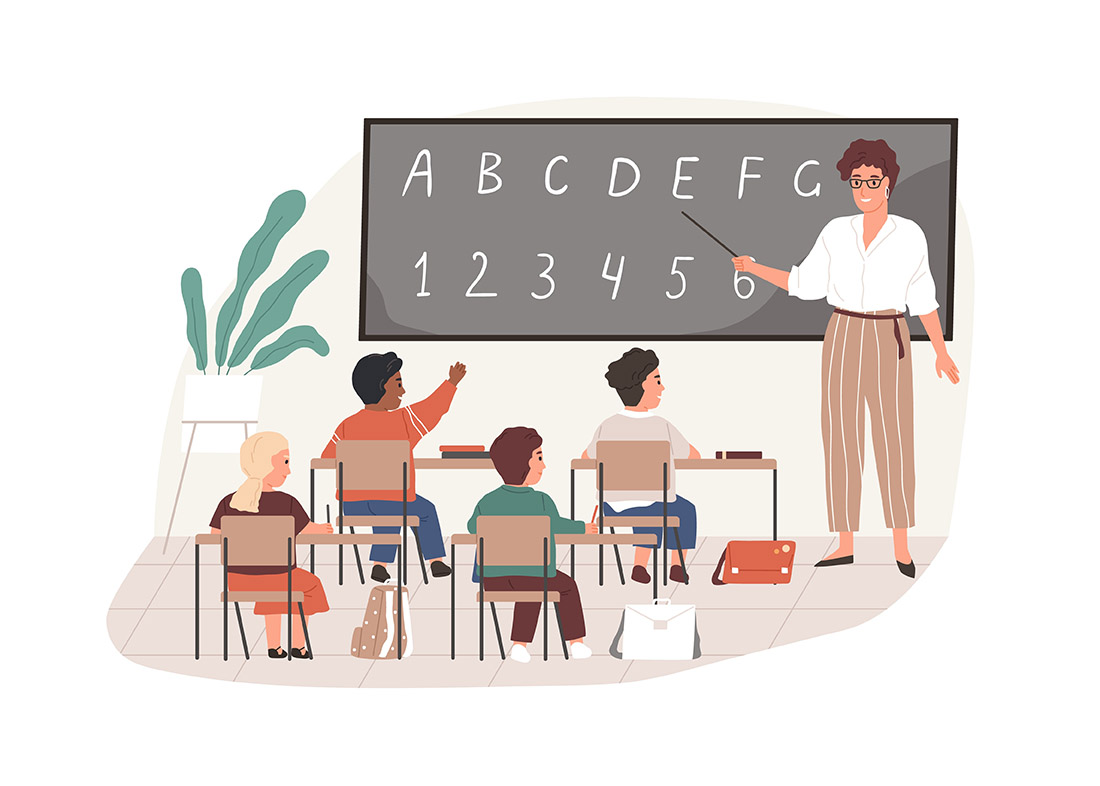Most teachers will be aware of schemas and how they operate as patterns of learning that eventually form into concepts. But what about priming?
Priming is defined as the triggers that are associated with memories to help them be accessed.
For example, if you are asked about a time from your past, you will associate it with certain smells, music, sounds, and feelings. It’s not something we do consciously; instead, it happens at a synaptic level.
So what does priming mean for teachers when they want their students to recall learning?
How priming affects memory
Our memory is made up of explicit memory and implicit memory.
Explicit memory is consciously recalled and relates to facts or events. Implicit memory, driven by priming, does not involve conscious remembering at all and occurs entirely subconsciously.
Priming occurs when you are exposed to material and happens without your conscious effort. Regular exposure can create a bias in your memory and cause your memory to be shaped in a particular direction.
Indeed, it is the very essence of successful advertising. Let’s say you are exposed to adverts for a particular brand of dishwasher tablets. You may take little notice, yet when you walk down the supermarket aisle to buy some dishwasher tablets, you will be subconsciously prompted to choose the one you have seen advertised.
How can teachers use priming in the classroom?
Here are some ways suggested by Teach with MrsT in which priming can be used in the classroom to enhance learning:
Positive Priming – To make processing faster and speed up memory retrieval, such as by providing the initial letter of the answer when asking a question. E.g. Name a fast food restaurant beginning with M. (Almost all of you will have quickly thought of the same brand).
Semantic Priming – Linking words with associated words, such as using yellow before introducing the word banana.
Associative Priming – Using words traditionally seen as linked, such as cat and mouse. A learner is more likely to remember the word mouse if you say cat first.
Repetition Priming – Using a stimulus repetitively is more likely to elicit a memory. It is the basis of using physical movements alongside phonics in some phonics schemes for young learners.
Perceptual Priming – Using stimuli that have a similar form, such as rhyming words like using boat to elicit the word goat.
Conceptual Priming – Using a stimulus that is connected conceptually, such as table and chair, will build on an existing schema.
Masked Priming – Covering part of a word or certain letters can often elicit the correct recall of a word.
Often these priming methods are used with children with additional needs to assist them during a lesson or as a precursor to learning new material. However, it is entirely possible to use priming for a whole class when introducing a new topic or concept.
Think about priming a class with new language relating to a new topic by relating to existing schema or concepts. Sometimes starting a lesson with a positive image will stimulate familiarity and make pupils more optimistic about the task.
A final comment: As well as using priming positively, teachers must understand the importance of priming when it comes to perpetuating stereotypes and inequalities.
Priming, however, it is shaped, can be extremely difficult to unlearn. Just think how you respond to being alone in a dark house after watching a scary movie.



